Best Crape Myrtles for Texas
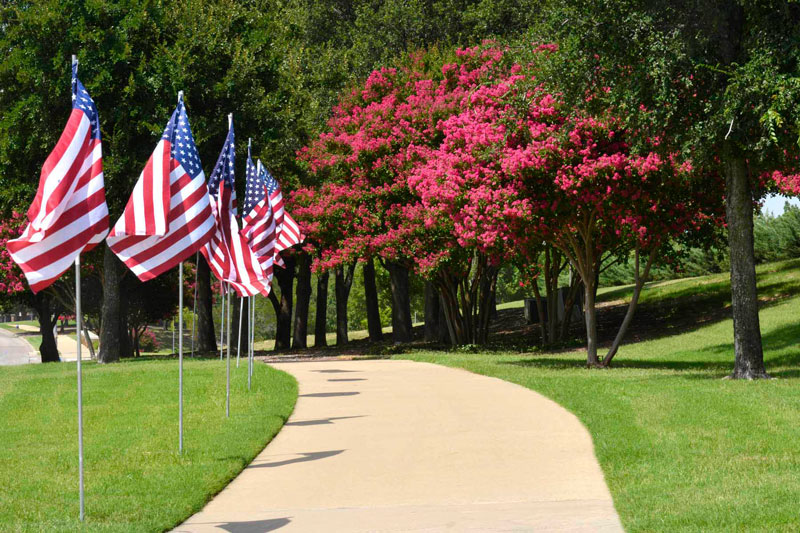
I shared with you last week that my personal favorite color of crape myrtle is purple. That’s because it pretty much blends in with any other color, whether it’s other crape myrtles or with bricks, stone or trim colors. And I told you that my favorite purple crape myrtle is a variety called Catawba. It grows to be 16-18 ft. tall and wide, so it’s classed as a “Medium” size.
But what if you want another color or another size of crape myrtle? One of our goals with The Crape Myrtle Trails of McKinney Foundation has been to grow all of the known varieties as close to one another as possible so we could have side-by-side comparisons of them all.
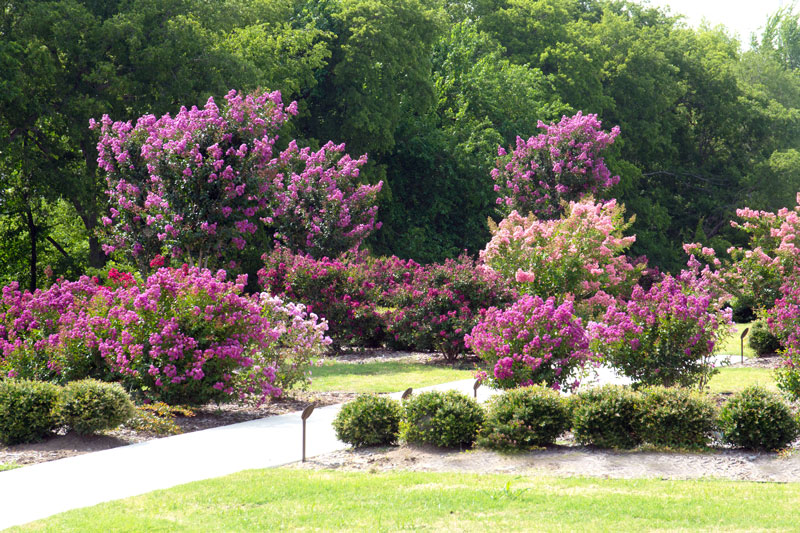
By growing them in proximity we’d be able to evaluate things like mature heights and widths, growth forms, bark character, winter hardiness, dates of first and last bloom, specific shades of flower colors, numbers of flower cycles per summer, etc.
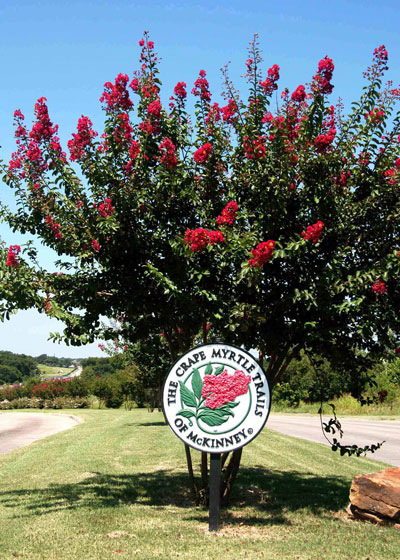
From those 23 years of evaluations and with the opinions of several national authorities added in, we have developed the following list of the best crape myrtle varieties by size and by color.
Note: If there is no entry in a particular color we did not feel there was a worthy candidate.
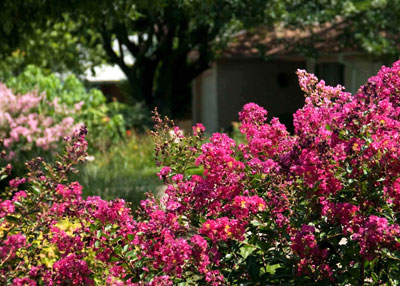
Dwarf (3-5 ft.)
Red: Petite Red Imp, Petite Red Embers
Pink: Petite Pinkie, Pokemoke
Lavender: Petite Orchid
Purple: Petite Plum, Centennial, Velma’s Royal Delight
White: Petite Snow
Intermediate (5-10 ft.)
Red: Cheyenne, Tonto
Pink: Hopi, Pecos
Lavender:
Purple: Zuni
White: Acoma, White Chocolate
Medium (10-20 ft.)
Red: Centennial Spirit, Dynamite
Pink: Osage, Pink Velour, Seminole, Tuskegee
Lavender: Apalachee, Lipan, Yuma
Purple: Catawba, Powhatan
White:
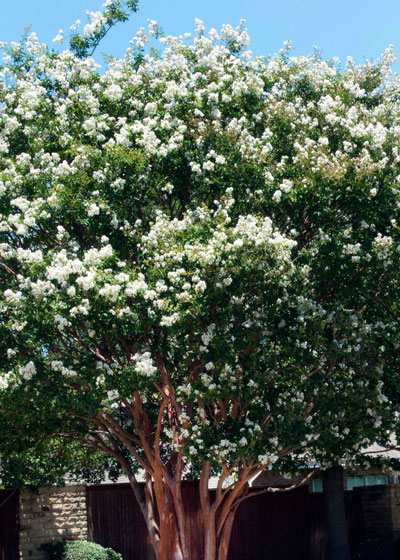
Tall (in excess of 20 ft.)
Red: Arapaho, Red Rocket
Pink: Biloxi, Choctaw, Potomac
Lavender:
Purple: Twilight
White: Fantasy, Glendora White, Kiowa, Sarah’s Favorite White, Townhouse
Why are some common types missing?
You may have noticed the absence of several of the most common varieties from this list. Some of these are fast-growing types. Wholesalers like them because they can get them out of the nursery and into the hands of their retailers faster than they can with some of the ones we ranked more highly. But it’s our opinion that you ought to plant for long-term quality, not just for speed of growth.
We feel that the tall whites we listed are better (and more cold-hardy) than Natchez. Muskogee (tall, light lavender) and Tuscarora (tall, rosy red) are not as winter-hardy as we would like in North Central Texas, although they will do fine in South Texas.
Sioux is a fabulous pink, but it’s also tender to North Texas winters, as is the beautiful Country Red.
Tips to buying and planting…
• Shop for your crape myrtles now, while nurseries still have their best selections.
• Buy types that meet your space availabilities.
• Transport your plants home carefully, either wrapped to protect them from highway winds or inside a closed trailer or truck.
• Plant in full sun for best bloom.
• Plant them right away and keep them damp at all times.
• Water deeply every two or three days until late fall.
